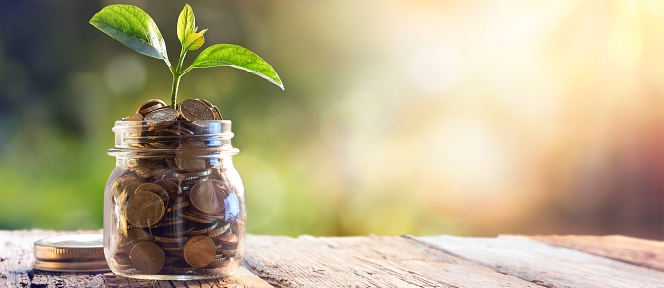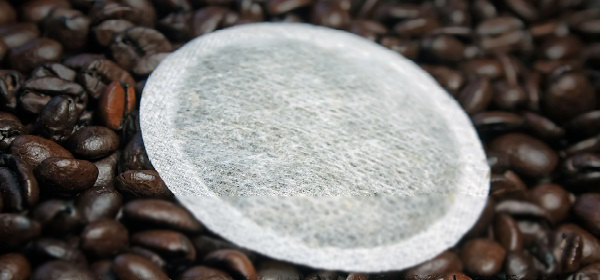Nowadays the reduction of a product’s negative environmental impacts, or the inclusion of environmental considerations in the design process, are no longer just the preserve of a few pioneering companies. More and more manufacturers are offering ecodesigned products or product ranges, not just for show, but as an approach that will in time become the norm. This ecodesign stance forms part of a broader circular economy strategy in which ecodesign is the central pillar.
The ISO 14006(1) standard defines ecodesign as a methodical approach that takes into account every environmental aspect of the design and development process with the objective of reducing environmental impacts throughout the life cycle of the product (whether a product or service). Ademe, the French public agency for environmental protection, adds to this definition the concept of the delivered service being equivalent or superior (see standard NF X 30-264) and includes systems, as well as goods and services, in its accepted definition of product.
Life cycle integration
Life cycle integration (the standard mentions ‘thinking in terms of life cycle’) means taking into account the environmental aspects of a product throughout the totality of its life: sourcing raw materials, design, development, manufacturing, delivery, installation, use (including re-use, maintenance, repairs, restoration, renovation and upgrades), end-of-life handling and elimination. This means measuring and improving environmental performance at every stage of the product’s life. This entails for example reducing consumption (of materials, energy and water), recovering waste and co-products during processing, improving recyclability and/or optimising transport.
Proven economic and financial benefits
According to a study published at the end of 2017(2), ecodesign does not just improve a product’s environmental performance, but also brings firms considerable financial benefits. It offers a tangible reduction in production costs (by as much as 20% in the greatest instance). And it can help to boost company revenue by a median of 7 – 18%. In one cited case, revenue was even increased fivefold.

Europe’s 2016–2019 working plan for ecodesign
Until 2016 ecodesign was considered primarily in terms of improving a product’s energy efficiency. Yet provisions addressing the rational use of resources already featured in the directive’s initial version in 2005. For some groups of products, these provisions included criteria for water use and sustainability. The EU’s 2016–2019 working plan widened the scope by emphasising lifespan, maintenance, repairs, re-use, updates, recyclability and waste treatment. Ecodesign measures have been making real contributions to European circular economy goals and lowering carbon emissions. In parallel certain requirements have been revised or adjusted, particular examples being longevity of lighting, water consumption for washing machines and dishwashers, and labelling for chemical products.
In France, ecodesign is gradually entering legislation, although it had already been mentioned in the country’s so-called Grenelle 1 law for environmental protection, enacted in 2009. From now on, as part of its European commitments and its FREC (circular economy roadmap) programme, France is committed to reducing by 30% its consumption of raw materials by 2030. The country is also aiming to halve by 2050 the amount of waste it dumps as compared to 2012(3).
Ademe has for a number of years been sharing methodological guidelines and operational tools to help companies seeking to adopt ecodesign. Since 2004, it has also been issuing calls for special research projects. Until recently these took place every three or four years. Lately, however, they have been issued more frequently. In 2018, for example, this call for research projects – known as Perfecto(4) – became an annual event and incorporated a special targeted focus on ‘ecodesign feasibility study’ to ‘increase and improve ecodesign considerations in companies’ research, development and innovation projects’ (see box on the 2019 winners). In 2020, it added a further targeted focus for service economy projects. Perfecto complements the agency’s other themed calls for research projects that can help fund ecodesign or service economy approaches for an industry, sector or particular region (e.g. regional calls for projects).
What about ecodesign in services?
Ecodesign already affects many products across a wide range of fields: packaging, chemistry (detergents), textiles (sports clothing, duvets, pillows), sports items (skis, table tennis rackets, surfboards), furniture (sofas, chairs, shelves, blinds), urban facilities (benches, parking ticket machines, structures for bicycles), food and drink (wine, paper coffee pods) and digital technology (hardware such as battery chargers, and software or services, such as for websites and internet routers). Other types of products are affected as well, such as some energy-saving light bulbs, eco-friendly distributors, progressive cavity pumps and even air analysers.
However, take-up of this approach within the service sector is more constrained. That’s why this year the Ecodesign Hub is producing a dedicated document in partnership with Ademe. This guide, ‘Ecodesign in Services’, will capitalise on the eight years this concept has been maturing since an initial version in 2012, and will provide a basis for all service-sector companies seeking to develop ecodesigned offerings.
Noticeably, ecodesign is starting to gain recognition as a key driver for the circular economy, forming a basis for all environmental performance and so for the reduced consumption needed for a more responsible growth model. Will it ultimately become the norm in all production activity?
The Winners of Ademe’s call for R&D projects, Perfecto 2019
The six winners of the 2019 edition of Ademe’s Perfecto call for R&D projects show the diversity of sectors affected by collaborative research in ecodesign: connected shoes (Eram), a smart tailgate prototype (Plastic Omnium), an epilating device and hair-removing gel (DepilatoCosmetics), a dying process for the textile industry (Union Textile de Tourcoing Industries), a plant-based filtration system for treating swimming pool water (Azuvia), and a modular floating liveable structure for ports and waterways (Apportech Industries, a project presented at Pollutec 2016).
1) Adopted in 2011, the standard ISO 14006 ‘Environmental management systems — Guidelines for incorporating ecodesign’ was revised in January 2020.
2) ‘Analysis of the economic and financial benefits ecodesign brings to companies’, Ademe, November 2017. This document is based on feedback from ten companies in different sectors.
3) By 2030, France should reduce its greenhouse gas emissions by 40% compared to 1990, reduce its fossil-fuel consumption by 30% compared to 2012, and increase the renewable energy share of energy consumption by 32% and of electricity production by 40%.
4) The Perfecto 2020 call for research projects: ‘Improving the environmental performance of products and business models’.




